
Fast as Wind, Silent as wood, Invade like fire, and Stay like a mountain




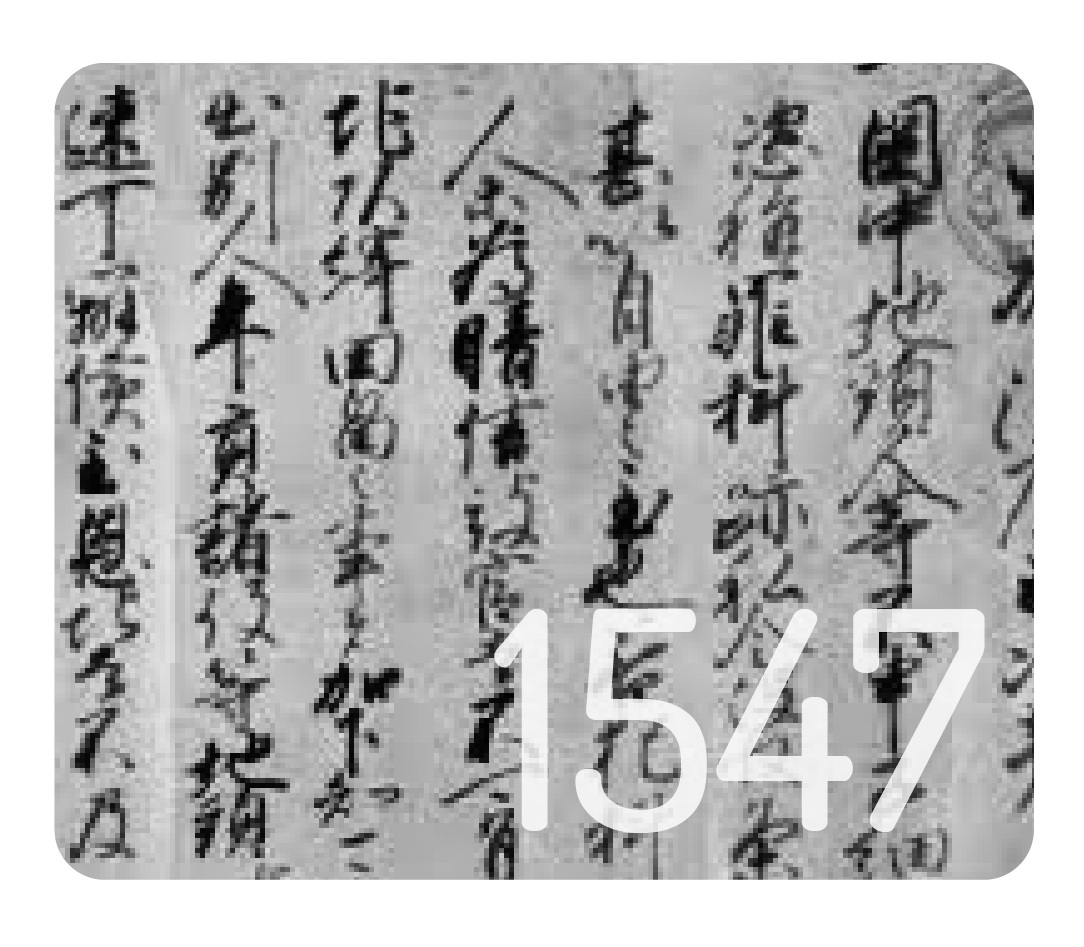
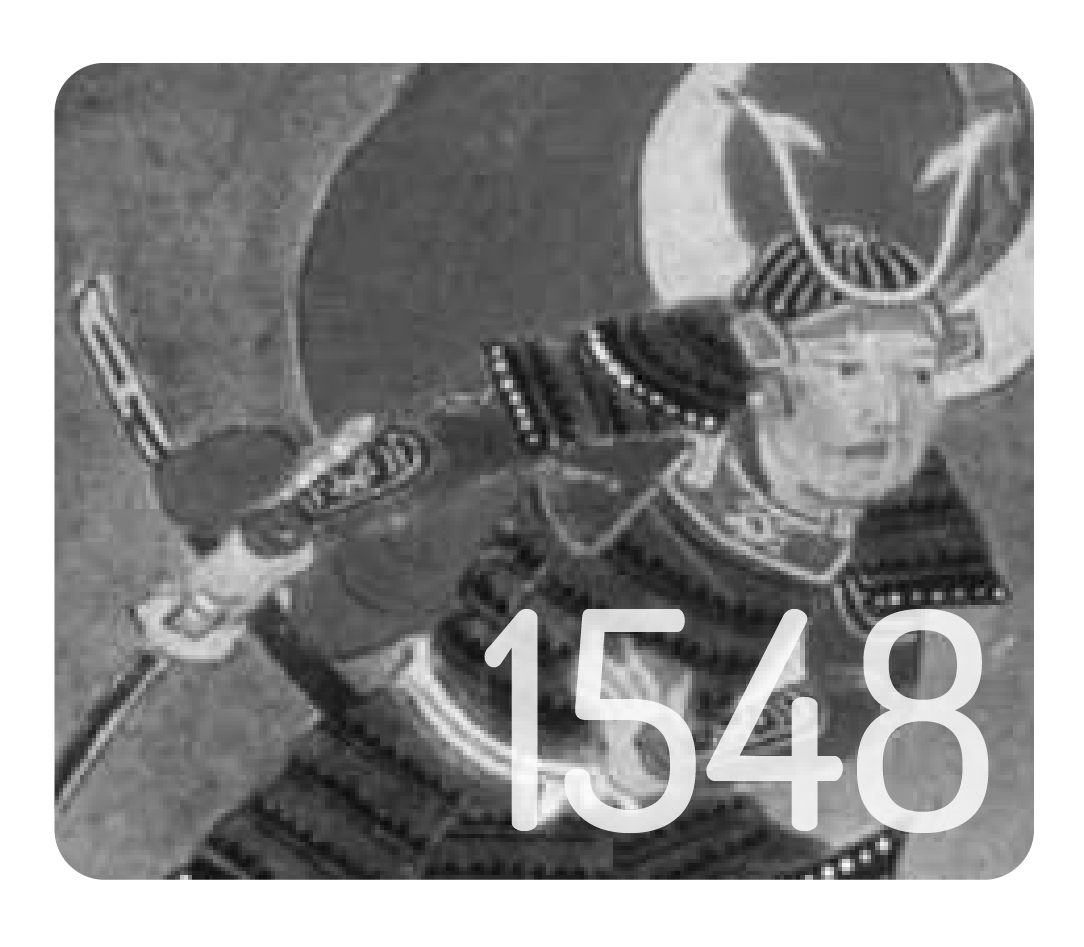
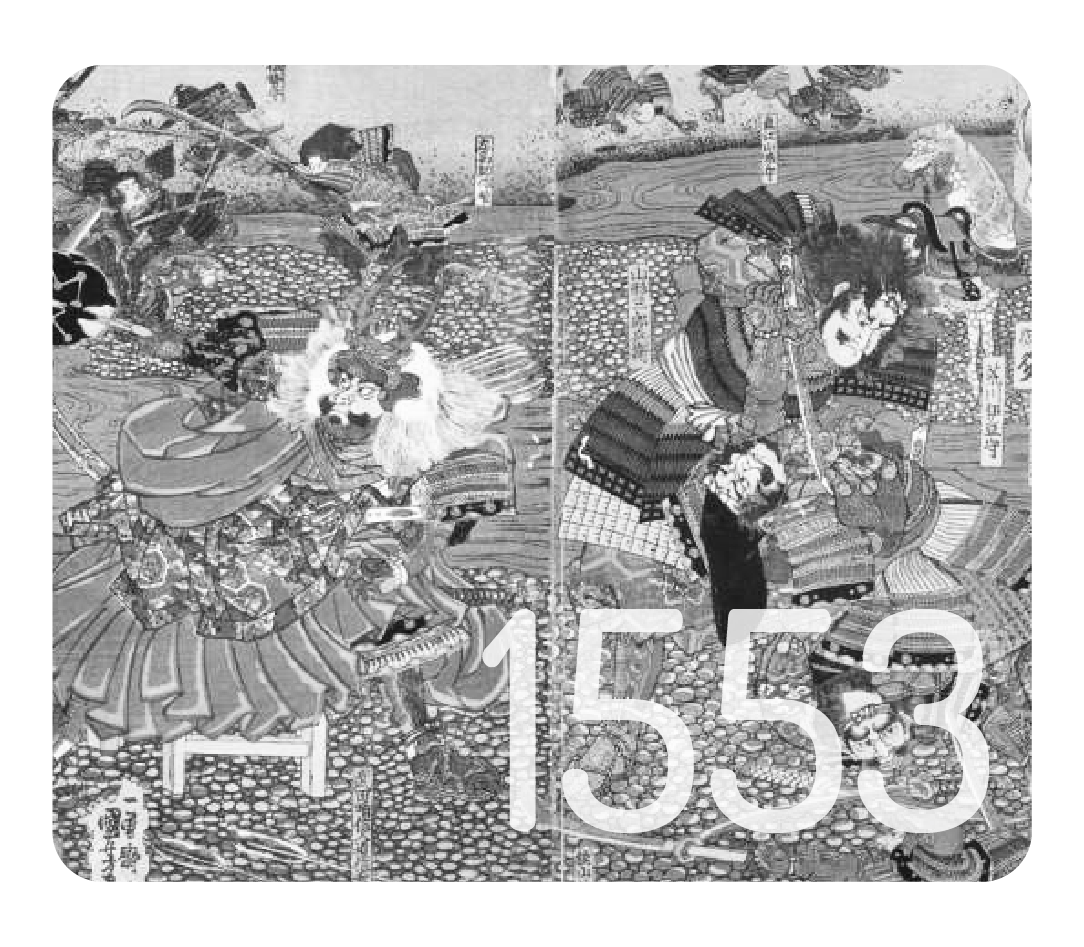
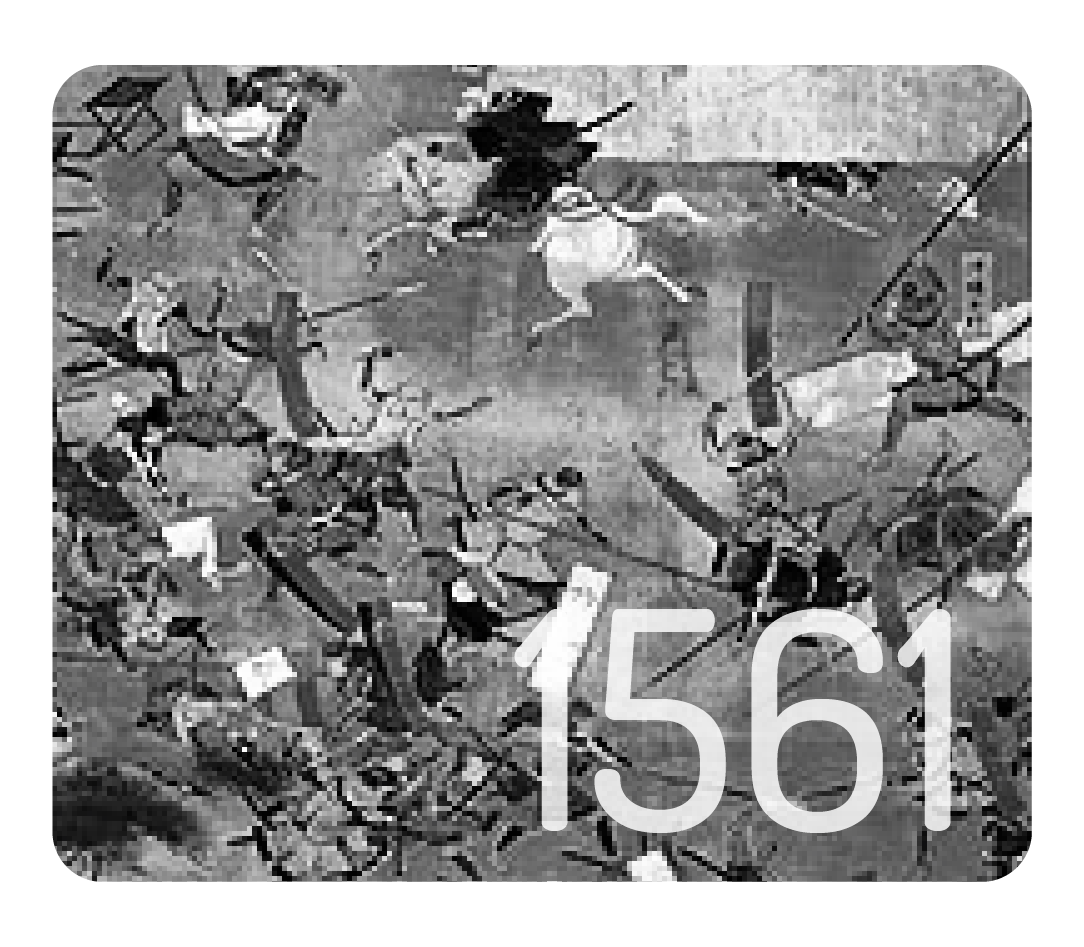
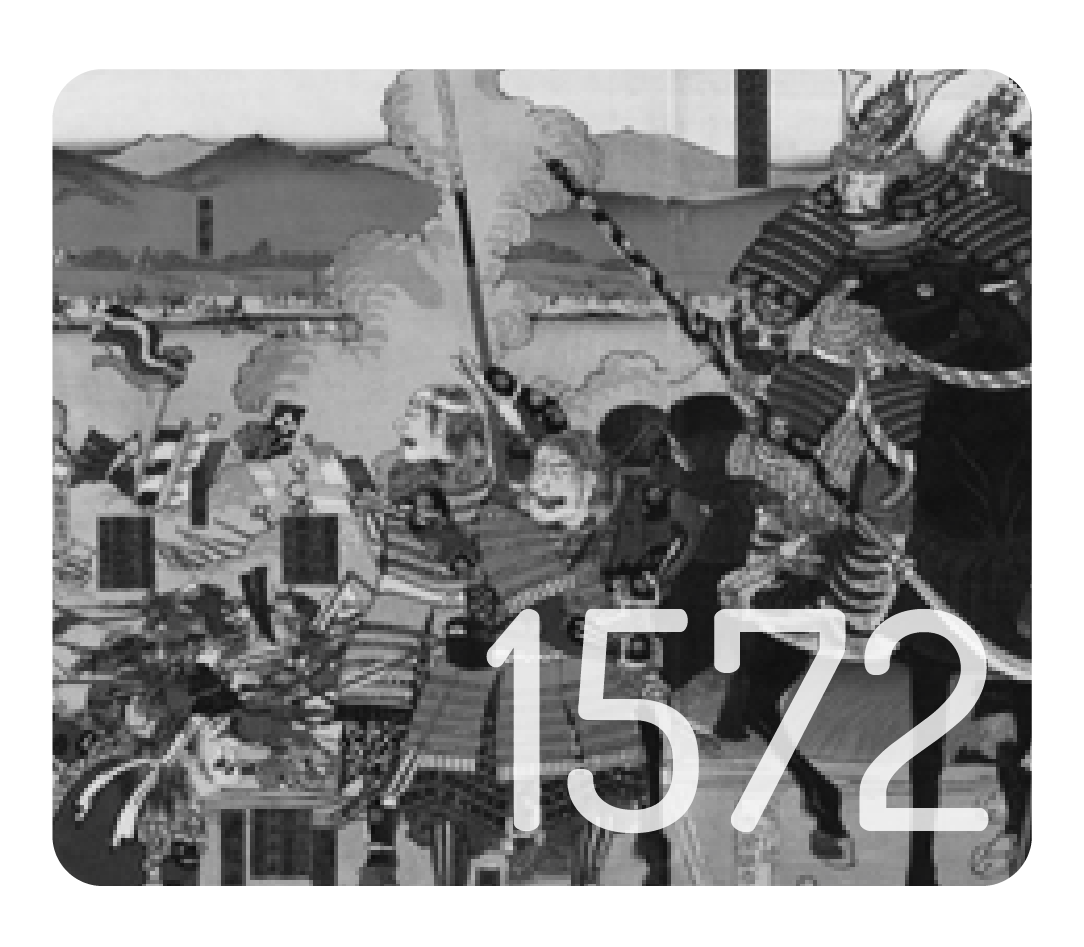

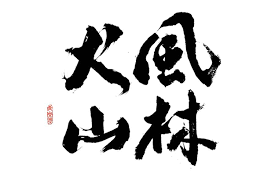

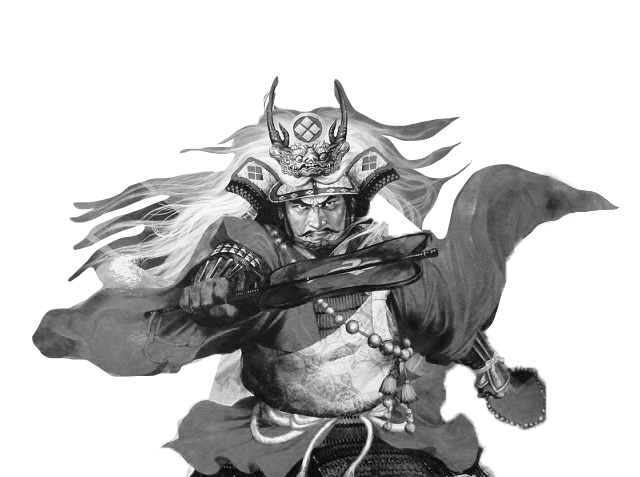

Takeda Shingen (December 1, 1521 – May 13, 1573), of Kai Province, was a pre-eminent daimyō in feudal Japan with exceptional military prestige in the late stage of the Sengoku period. During the war against Oda Nobunaga and after defeating Tokugawa Ieyasu, Shingen stopped his advance temporarily due to outside influences, which allowed the Tokugawa to prepare for battle again. He entered Mikawa Province, but soon died in the camp. Some accounts say he succumbed to an old war wound, some say a sniper wounded him earlier, and some accounts say he died of pneumonia. He was buried at Erin temple in what is now Kōshū, Yamanashi.









